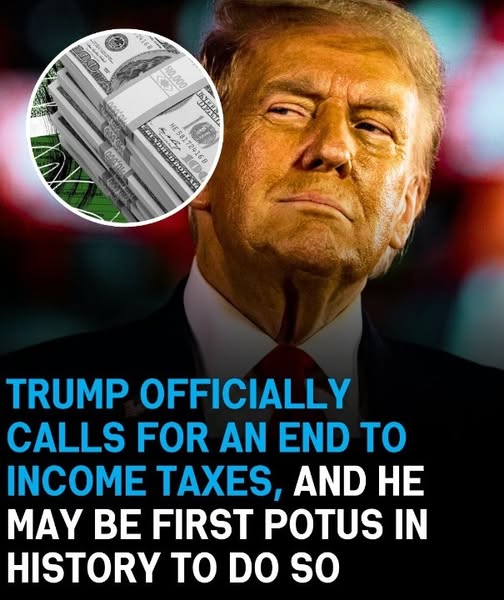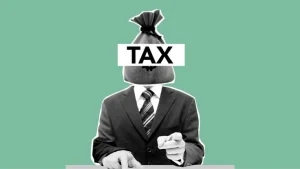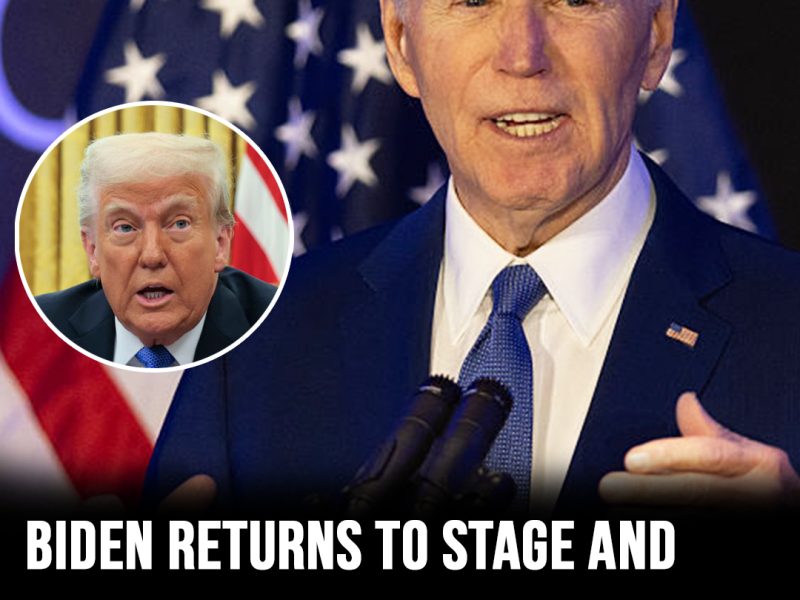Americans may not have to pay income taxes anymore if Donald Trump gets his way
Citing the years 1870–1913 as a model for growing American prosperity, President Donald Trump has suggested doing away with federal income taxes in favor of a tariff-based economic structure.
In an effort to lessen the tax burden on Americans, he proposes establishing a new organization called the External money Service (ERS) to handle tariffs and overseas money.
Trump’s Plan for an Economy Based on Tariffs
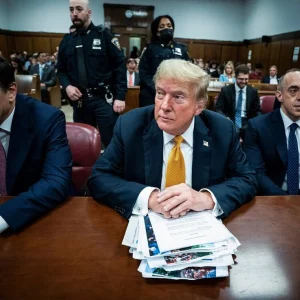
Trump presented his economic plan to a group of Republican leaders on January 27 at the 2025 Republican Issues Conference at Trump National Doral Miami. According to AFP, the purpose of the three-day gathering was to mold his legislative agenda.
Trump cited historical precedence in his speech, claiming that the US prospered before 1913 without an income tax and instead relied on tariffs. He called this time frame, which lasted from 1870 to 1913, one of the most prosperous in the history of the country.
He asserted, “You know, the U.S. operated entirely on tariffs from 1870 to 1913—and that was the richest period in American history, relatively speaking.” He claimed that the Tariff Commission of 1887 was entrusted with figuring out how to handle the enormous amounts of money that were gathered through tariffs.
They didn’t know what to do with all the money because it was so big. As a recipient, Teddy Roosevelt was able to use tariffs to finance national parks and other initiatives. Income taxation did not exist until 1913,” Trump continued.
“Tax Foreign Countries, Not Our People”
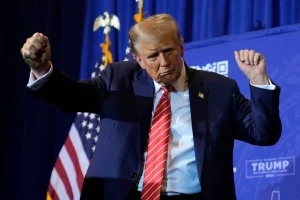
Trump contends that the United States should impose tariffs on foreign nations to help its own population rather than taxing Americans to benefit foreign nations. He thinks that America can become “very rich again” “very quickly” with a tariff-centric approach.
Trump has long supported the idea of substituting tariffs for income taxes, a position he upheld during his presidential campaign.
Could Tariffs Take the Place of Income Tax in the United States?
At ports of entry, U.S. Customs and Border Protection officers collect tariffs, which are usually assessed as a percentage of the cost of imported products.
Mainstream economists, however, continue to be dubious about tariffs as a major source of income, contending that they are an ineffective way to finance government initiatives and may eventually result in increased prices for consumers.
Nonetheless, this concept has generated discussion among policymakers and economists. Tariffs, according to critics, are simply import taxes that are frequently passed on to customers in the form of increased costs. Households with lower and moderate incomes may be disproportionately impacted by this, which could offset any gains made from the removal of income taxes.
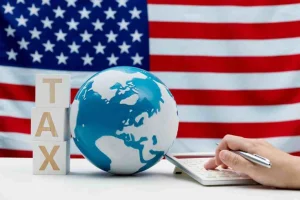
Furthermore, the viability of using tariffs alone to finance the federal government is questioned.
A 10% tariff is expected to bring in $350 to $400 billion a year, which is less than the $4 trillion required to continue the current tax cuts for another ten years. In order to balance the budget, this deficit may require significant changes to programs like Social Security and Medicare.
The proposal from the External Revenue Service
In order to manage tariffs and international trade income, Trump’s proposal calls for the establishment of a new organization called the External Revenue Service (ERS). But the creation of such an agency would need the consent of Congress. Given that the House and Senate are controlled by Republicans, the idea may become law.
Since Trump, who has promised to cut federal bureaucracy, would be creating an agency to undertake tasks currently handled by established organizations like the Commerce Department and U.S. Customs and Border Protection, the proposal has sparked concerns about government growth.
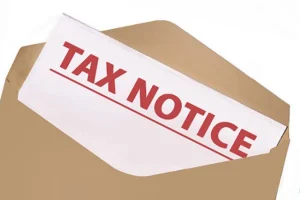
In contrast to the current Internal Revenue Service, which is in charge of domestic taxes, the proposed External Revenue Service would concentrate on obtaining money from overseas sources.
Significant Tariffs at the Heart of Trump’s Economic Strategy
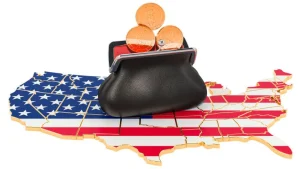
Trump has suggested high tariffs as part of his larger economic plan, such as a 60% tariff on Chinese goods and a possible 25% tax on imports from allies like Canada and Mexico. The goal of these policies is to increase domestic revenue and relieve American residents of some of their tax load.
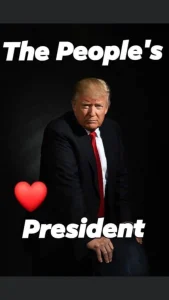
Economists caution that since companies pass costs on to customers, such tariffs would probably result in higher consumer prices. Many analysts are still dubious, contending that tariffs are an ineffective way to raise money for the government and promote economic expansion.
In conclusion, the idea raises serious questions regarding its economic impact, viability, and possible repercussions on consumers and government programs, even though its goal is to lower taxes for Americans and boost national wealth through tariffs.
Post Views: 312

